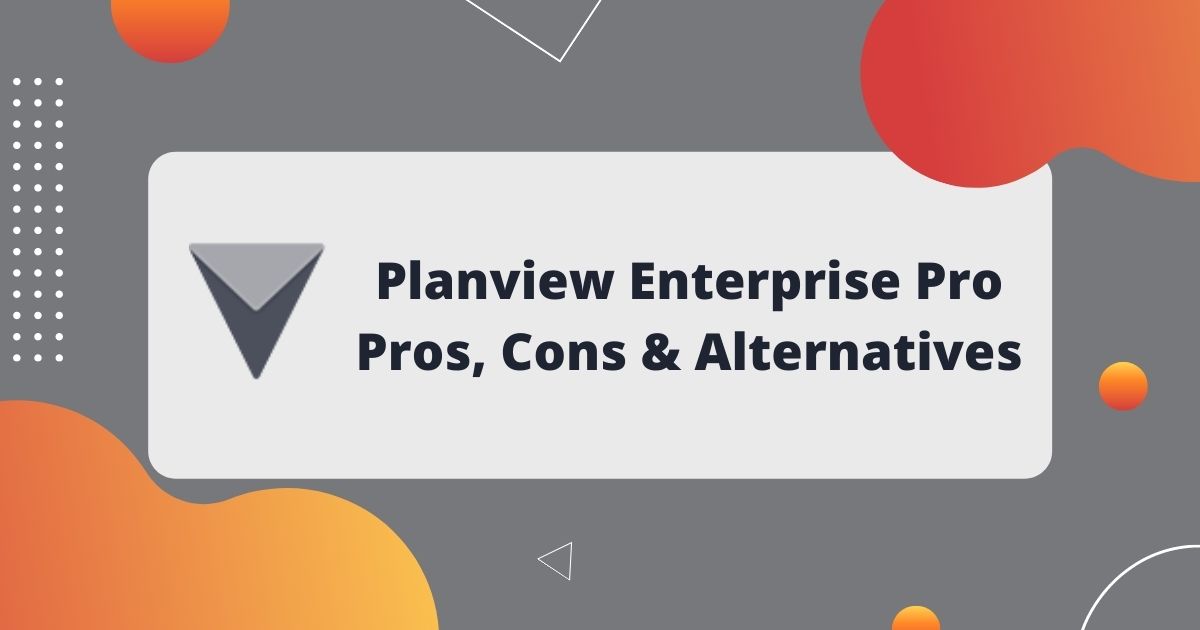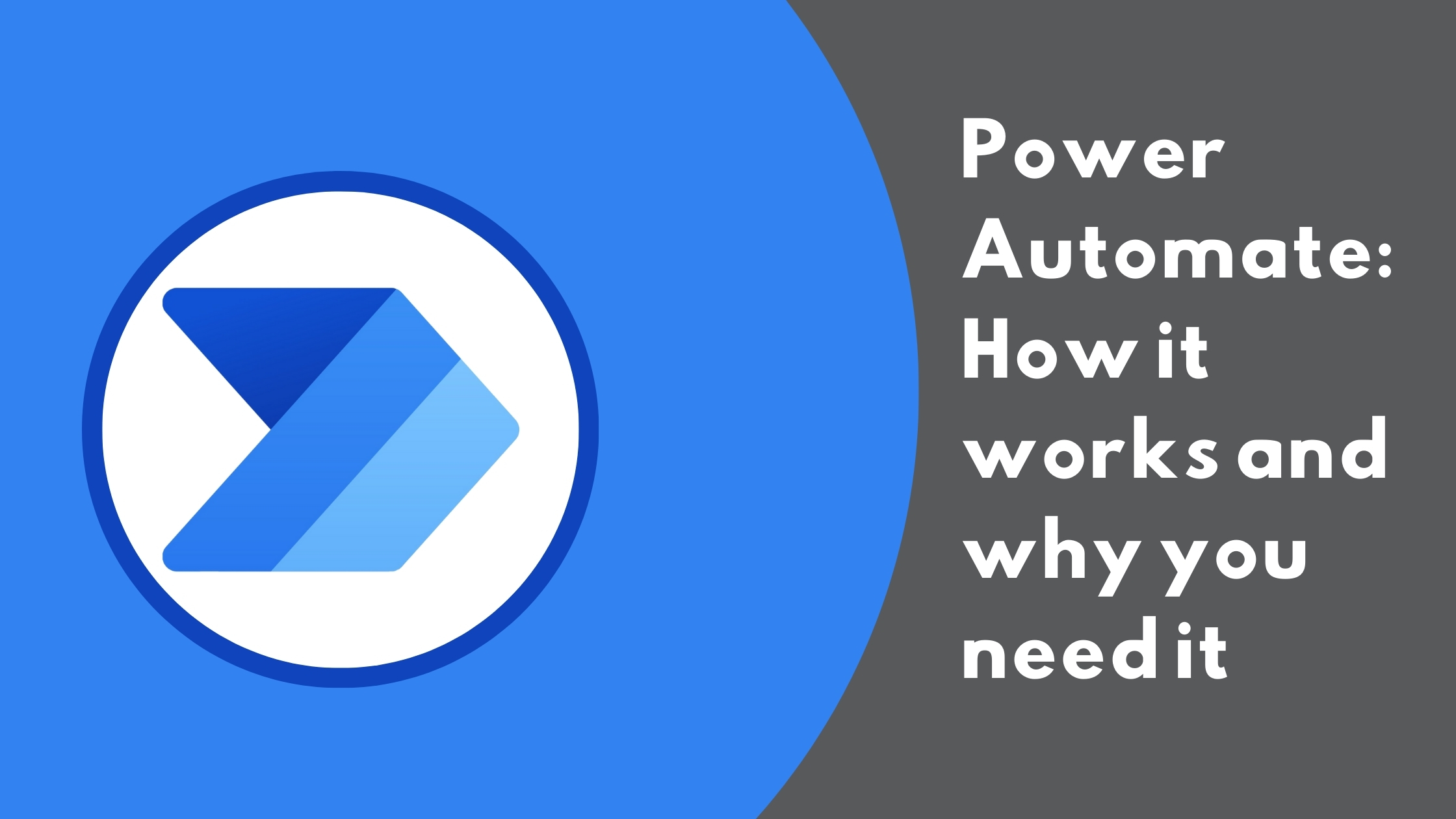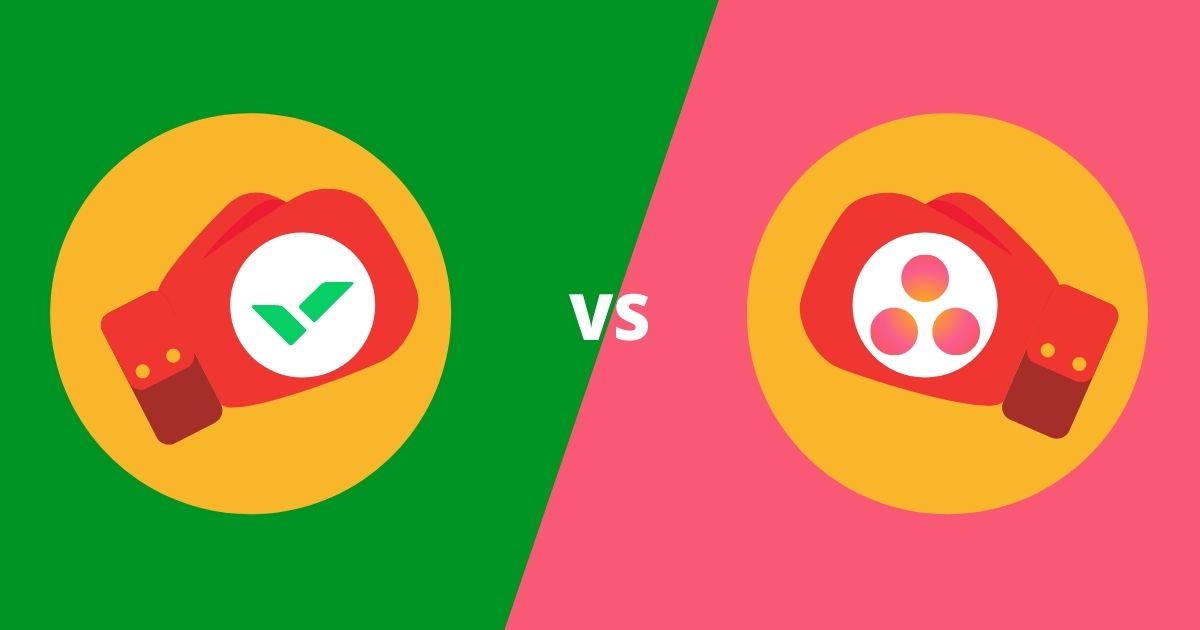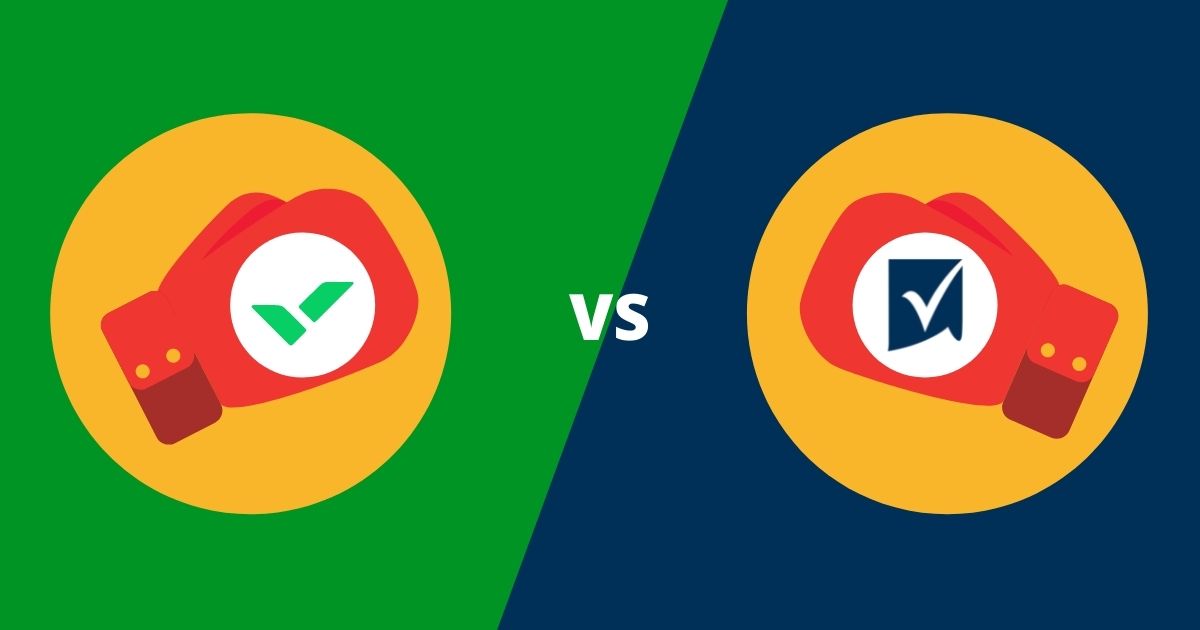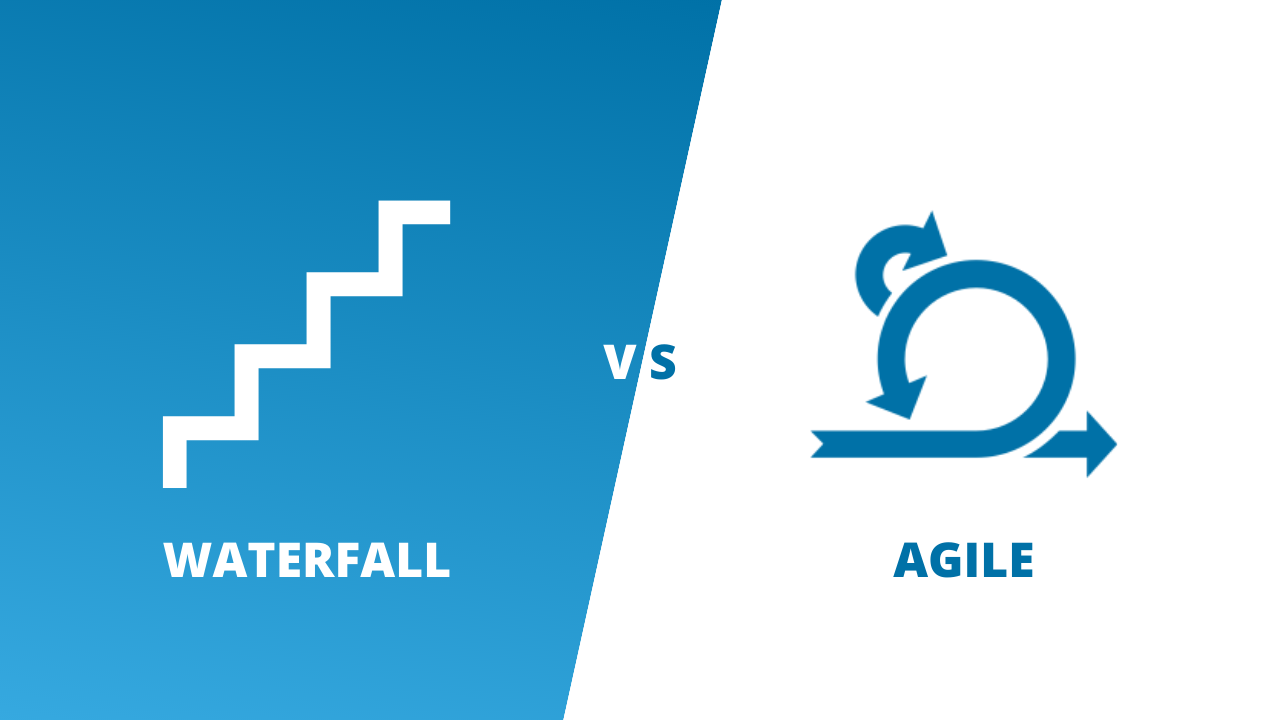As your organisation grows, it can be hard to find a software that addresses all of your needs. Perhaps you have many specialised departments, are already using an ERP or CRM system, or can’t find a software that fits organisational processes. Many organisations have faced similar issues, and found a solution in Microsoft Power Apps. The main benefits of Power Apps are their simplicity and versatility.
Here at pmo365, we love Microsoft Power Apps, and have seen first-hand the many benefits of using them. These are our Top 8 Benefits of Power Apps, and our guide on how to can use these apps to address all your needs.
What is Microsoft Power Apps?
Microsoft Power Apps is a platform and suite of services that comprise an application development environment. In simpler terms, these apps enable organisations to easily build, develop, and integrate custom apps to accommodate their business needs. It is one of the core tools within Microsoft’s Power Platform, and is Microsoft’s entryway into low-code development platforms.
Low-code development platforms are platforms that require minimal coding, so that non-professional developers can create business solution apps. A Forrester report recently recognised Microsoft Power Apps as a top leader in low-code development platforms, and rated it the strongest in terms of strategy.
Microsoft Power Apps is designed to integrate with different Microsoft tools. These include other Power Platform Tools such as Power Automate and Power BI, Office365 applications, and an extensive list of external data sources. This means that you can completely integrate the apps you create into your current workflows.
For example, say you were looking to build a custom timesheet app. In addition to this app just documenting timesheets, you’d like it to analyse and optimise your team’s productivity. You can easily make your own app through Microsoft Power Apps with little-to-no coding experience, and cater it to your specific needs. Owing to the Microsoft Power Apps Connectors capability, you can integrate your app with your payment, cost, and resource management applications. Then, you can link it to Power BI to conduct extensive analysis and metrics, and automate reporting with Power Automate.
It’s easy to see the benefits of Power Apps, and why they are a game changer.
Types of Power Apps
There are three main types of Power Apps you can create:
Canvas Apps
Just like working with a blank canvas, users can start building a custom app from scratch. While this can sound overwhelming, you build this app by dragging and dropping elements onto the app canvas. The typical process starts with integrating a data-source, adding workflows, and creating a user interface design. Users who value flexibility, and are looking to customise their app from scratch, will find the most value in these apps.
Model-Driven Apps
Power Apps can automatically generate and design apps by analysing the data set connected to the app. These apps will recommend pre-made interface components to users for your selection. If you choose to use these existing interfaces, then Power Apps can simplify your app layout generation. These Model-Driven Apps are particularly useful to users who want to build end-to-end solutions with complex business logic that will automatically fit to any screen size.
Portal Apps
Portal Apps are external-facing web portals that enable both internal and external users to interact securely with data in the Common Data Service. This allows for effective management of data by controlling content viewing, and sharing restrictions and capabilities. The Portal App can share your data securely through other commercial login providers like LinkedIn and Microsoft Account.
The Top 8 Benefits of Power Apps for your organisation
1. Streamlines development
Traditionally, when a business needed a custom app built, they would have to wait for their developers to build the app. This process works well until the demand for custom apps increases, and the turn-around time is too slow. Many organisations suffer from these ineffective or overloaded processes continuing on legacy systems. With Power Apps, the team can develop new apps which perfectly meet their needs in a timely manner.
2. Fuss-free app creation process
Coding and app development have a lot of industry-specific terminology, which can be intimidating to any non-programmer. Microsoft, however, has specifically developed Power Apps with a low-to-no coding UI, so that users don’t have this problem. The key capability of Power Apps is that users can build apps easily by dragging and dropping elements into a page. In addition, there are extensive online communities where both citizen-developers and professional developers share tips and tech support with each other, giving users further support for these apps. With Power Apps, building effective apps no longer requires an extensive knowledge of coding or experience as a programmer.
3. Extensive integrative capabilities
One of the biggest challenges of developing apps for non-professional programmers is connecting data to the app. Power Apps connectors were specifically built to solve this issue, and easily connect your custom app with external data sources. These data sources can be from within the Microsoft ecosystem such as Excel and Microsoft Projects, to non-Microsoft solutions such as Oracle, LinkedIn, SAP, and TechOne. Have a look at the hundreds of connectors here.
4. Improves cost efficiency
Say goodbye to expensive programmer teams with exorbitant development costs. With access to its easy app creation UI starting as low as $7 per month, developing optimised apps has never been cheaper or more accessible. Even better, Power Apps for Office 365 includes business-level software subscriptions with free add-on basic apps with its standard connectors.
5. Upgrades security
Power Apps give you complete control of your applications through the administration centre, so employees have access to extensive user control options. This ensures employees can easily manage data and permits. Additionally, each application is automatically linked to Microsoft’s active directory domain service (ADDS), allowing for secure authentication. As a result, you get increased visibility and accessibility to data, and can track and control it as necessary.
6. Enhances business speed & performance
Building an app that fulfils all of your business needs is a tough task. Power Apps have simplified the time-consuming elements of the traditional app development process, so that developers can build apps more efficiently. More apps and more data mean that Power Apps can offer more intuitive and optimised updates. This means that you will see a steady increase in the efficiency ofyour organisation’s processes, with minimal effort from your team. This, in turn, improves overall business performance.
7. Boosts mobility and accessibility
While programming has recently become quite accessible, we still are typically confined to a laptop or desktop computer when developing apps. However, Power Apps takes mobility to the next level, allowing users to develop apps on their mobile devices, anytime, anywhere. With its interface built specifically for both mobile and desktop set-ups, Power Apps allows users to continue making apps and accessing their data no matter where they are.
8. Elevates overall business productivity through the benefits of Power Apps
By being able to create applications and automate processes that cover your specific needs, teams cut down the time spent on performing manual tasks. This means that you can optimise your time towards more value-adding activities, just by utilising Power Apps. The integrative capabilities of Power Apps mean that your cost and time savings aren’t limited to singular apps. Instead, you can experience this increased efficiency throughout your entire workflow, resulting in an overall improvement in productivity.
Tap into the Benefits of Power Apps with pmo365
Our PPM experts are PowerApp geniuses. At pmo365, we’re all about making the right solution catered specifically to your needs. So make sure to book a chat with our PPM experts to see how we can take your PPM activities to the next level. If you’re looking to integrate a PPM software into your organisation, check out this article on choosing the right PPM software for your needs.



